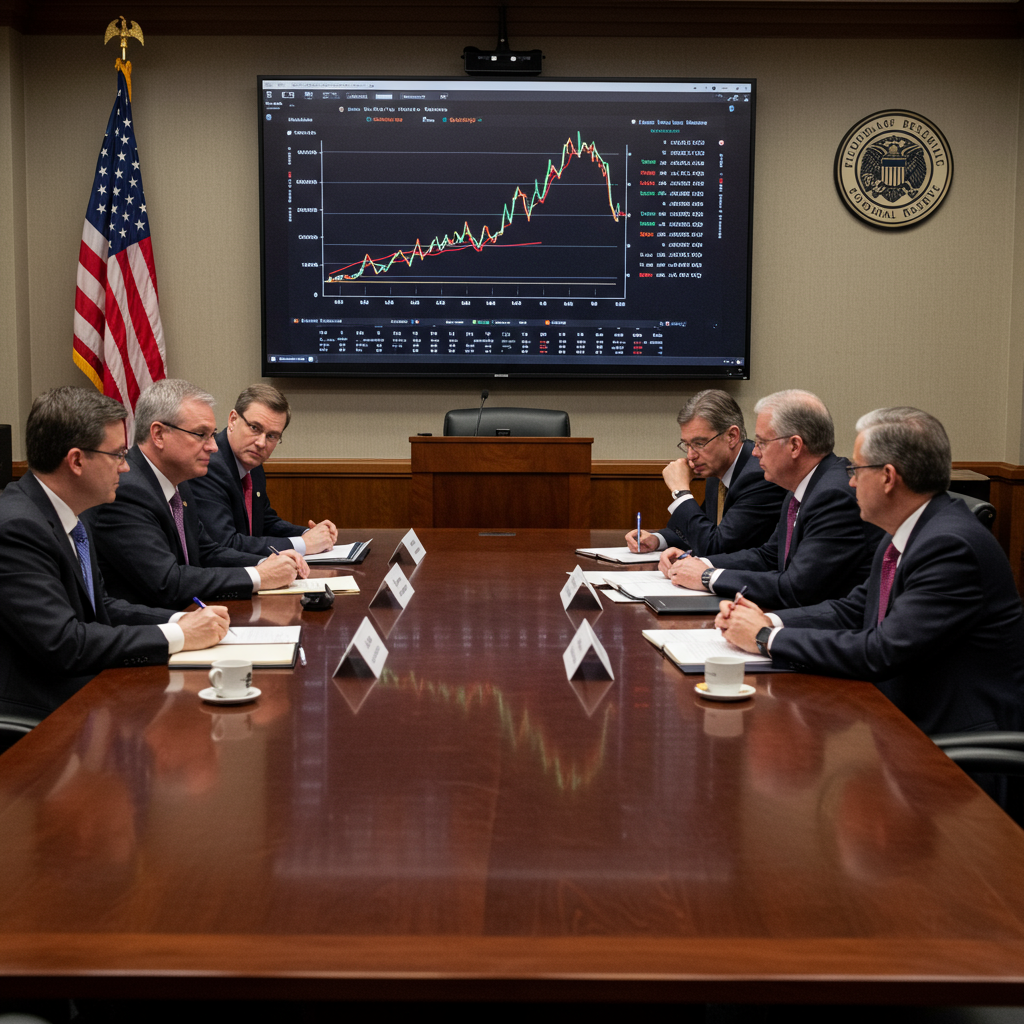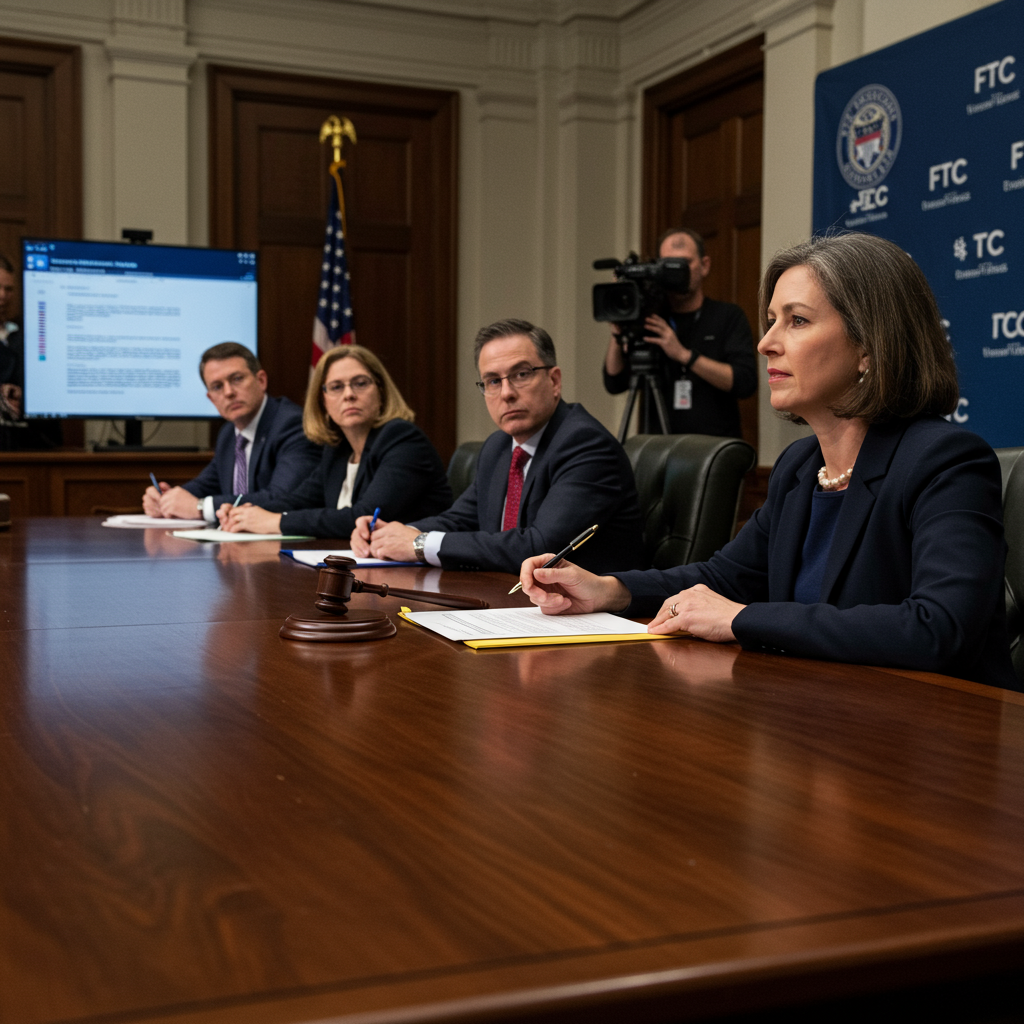For businesses and households across the United States, the economic landscape has seen significant shifts lately, marked by swift policy changes. Yet, one key element set by the nation’s central bank has remained constant: borrowing costs.
The Federal Reserve opted this week to keep its benchmark interest rate unchanged for the fourth consecutive time. This decision holds the influential lending rate steady at approximately 4.3%, a level maintained since December, even as the central bank’s own economic outlook has dimmed considerably.
Why the Fed Held Rates Steady
Traditionally, the Federal Reserve adjusts interest rates based on prevailing economic conditions – lowering them to stimulate growth when the economy falters or raising them to cool down prices when inflation accelerates. However, the current situation is complicated by turbulent policy dynamics, particularly the imposition of new tariffs by the administration.
While inflation, the pace of price increases, registered 2.4% in May, remaining above the Fed’s 2% target, the full impact of recent import taxes is still unfolding. The latest data indicates that while prices for certain goods heavily impacted by tariffs, like major appliances (+4.3%) and toys (+2.2%), saw notable jumps in May, the overall effect on consumer prices was relatively muted that month, with overall monthly inflation at a modest 0.1%.
Federal Reserve Chairman Jerome Powell indicated that the central bank is bracing for prices to potentially rise more quickly in the months ahead as companies pass on the costs of tariffs to consumers. However, predicting the scale and duration of this impact is “very hard to predict,” according to Powell. This uncertainty is a primary driver for the Fed’s cautious approach, leading them to conclude that holding rates steady is “the appropriate thing to do” for now.
Adding to the rationale for patience, Powell highlighted the economy’s overall “solid” state and the current low unemployment rate of 4.2%, suggesting the Fed has room to wait and observe how economic conditions, especially tariff-driven inflation, evolve. Experts agree, warning that the complete effect of tariffs on consumer prices may not appear in inflation data for several months, reinforcing the Fed’s inclination to see how inflation behaves “when the tariffs hit inflation harder.”
Worsening Economic Outlook
Despite the decision to hold rates, the economic projections released by policymakers painted a less optimistic picture than just months prior. On average, officials now anticipate U.S. economic growth slowing to just 1.4% this year, a significant decline from the 2.5% growth experienced last year and below the 1.7% forecast in March.
Forecasts also predict an increase in the unemployment rate to 4.5% and anticipate inflation hovering around 3%, up from the 2.7% predicted in March and still above the Fed’s target.
Looking further ahead, the outlook for interest rate cuts in 2025 remains largely unchanged, with a majority of policymakers still expecting rates to dip slightly below 4% by the end of that year. However, projections for 2026 and 2027 now anticipate slightly higher rates than previously forecasted.
Political Pressure and Fed Independence
The decision comes amidst continued public pressure from President Donald Trump, who has repeatedly called on the Fed to lower interest rates while simultaneously pursuing significant economic policy changes, including the imposition of tariffs. Trump has voiced sharp criticism of Powell, even calling him “stupid” and “too late” to act.
However, the Federal Reserve is empowered to set monetary policy independent of the White House. Investment managers note that central bankers highly value their independence, suggesting that public pressure might inadvertently reinforce their resolve to maintain a “wait-and-see” stance unless a compelling economic reason dictates a cut. This dynamic may encourage the Fed to “stay sat on the fence.”
Impact on Borrowing Costs
The Fed’s benchmark interest rate significantly influences borrowing costs across the entire economy. It affects the rates banks charge each other for short-term loans, which in turn shapes what banks charge households and businesses for various credit products, including mortgages and other types of loans.
At 4.3%, the current rate remains considerably higher than the near-zero levels maintained between 2008 and 2022 but is roughly a percentage point lower than its peak last year.
While central banks elsewhere, such as the European Central Bank (which has cut rates multiple times) and the Bank of England (which recently cut but is expected to hold this week), have taken different paths, the U.S. Fed is holding firm, navigating economic uncertainty with caution, particularly regarding the unpredictable inflationary effects of ongoing tariff policies.




